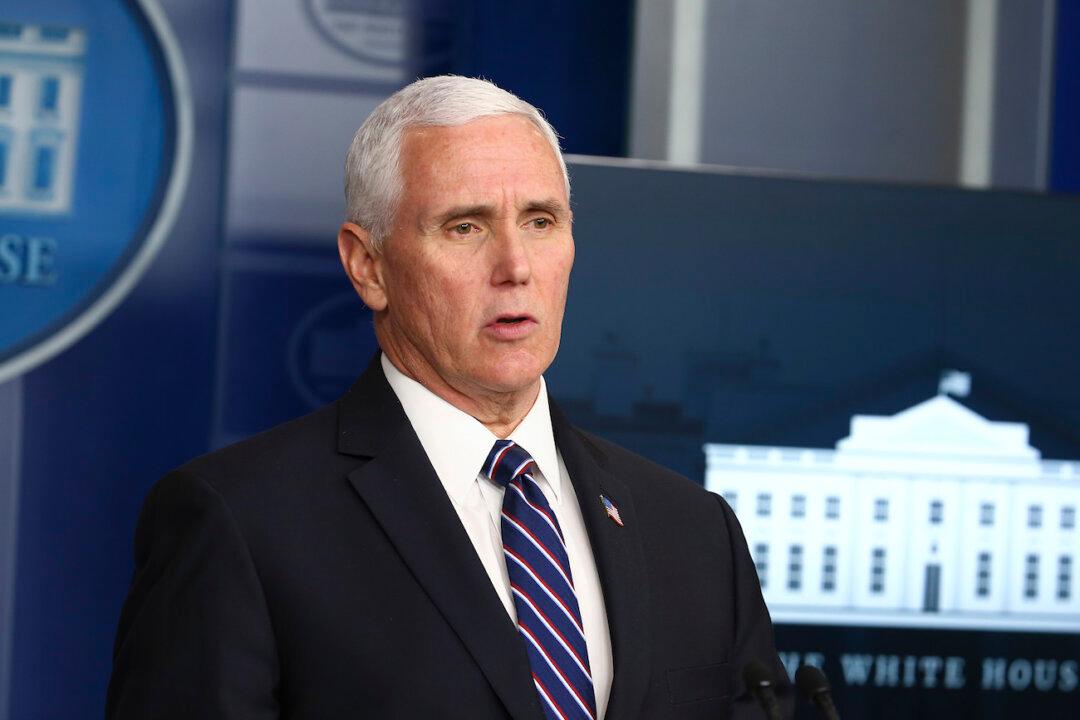The United States is seeing strong drops in COVID-19-related hospitalization and mortality rates, with the exception of a few places, Vice President Mike Pence said, attributing the “vast majority” of new cases to a surge in testing.
Speaking at a White House roundtable on June 15, Pence said that increased cases of COVID-19 infections in some states were caused by a “dramatic increase in testing.”





